How to generate free unmetered self-sustaining electrical power – perpetually.
Getting Off Oil, World news Saturday, September 22nd, 2012
Tired of high electrical bills? Did you know that the technology was developed to generate free unmetered electricity perpetually. Unlike other free energy technology this actually went public when it was published by Science & Mechanics Magazine in their spring 1980 issue. The front cover displayed an image of the device with the accompanying title – “AMAZING NEW MOTOR POWERED ONLY BY PERMANENT MAGNETS” and subtitle “15-HP OUTPUT DRIVES 5000-WATT HOME GENERATOR”.
This new motor was developed and patented by Howard Johnson. Johnson proved that generating free energy was possible. He showed that anyone, with the right parts, could generate their own free electrical energy without using a drop of fossil fuel or metered electrical power. The Johnson motor uses a magnetic motor to generate its electricity perpetually. Magnets last almost forever and specialized magnet even more so.
The Johnson motor utilized magnets that you can buy easily and cheaply to create a motor that generates free electricity for you all day long. Howard Johnson built the only “free electricity” generator to be Awarded and Certified By The U.S. Patent Office. The Johnson Motors have not one but 3 U.S. patents awarded and certified to its name.
- U.S. Patent 4151431 “Permanent magnet motor” (April 24, 1979)
- U.S. Patent 4877983 “Magnetic force generating method and apparatus” (Oct. 31, 1989)
- U.S. Patent 5402021 “Magnetic propulsion system” (March 28, 1995)
The U.S. Patent Office doesn’t give patents to inventions that doesn’t work or doesn’t have any scientific proof to it.
Johnson, Howard R., U.S. Patent 4,151,431 “Permanent magnet motor“, April 24, 1979 Citation – “The invention is directed to the method of utilizing the unpaired electron spins in ferro magnetic and other materials as a source of magnetic fields for producing power without any electron flow as occurs in normal conductors, and to permanent magnet motors for utilizing this method to produce a power source. In the practice of the invention the unpaired electron spins occurring within permanent magnets are utilized to produce a motive power source solely through the superconducting characteristics of a permanent magnet and the magnetic flux created by the magnets are controlled and concentrated to orient the magnetic forces generated in such a manner to do useful continuous work, such as the displacement of a rotor with respect to a stator. “
“We don’t grant patents on perpetual motion machines,” said the examiners at the U.S. Patent Office. “It won’t work because it violates the law of Conservation of Energy,” said one physicist after another. But because, inventor Howard Johnson is not the sort of man to be intimidated he now owns U.S. Patent No. 4,151,431 which describes how it is possible to generate motive power, as in a motor, using only the energy contained in the atoms of permanent magnets. Johnson has discovered how to build motors that run without an input of electricity or any other kind of external energy!
Howard Johnson didn’t just build his motor overnight. It took time and money to develop a working prototype and then took more time and money to get it patented. Well thanks to Howard Johnson you and I don’t have to spend so much time and money to generate our own free electricity. The process it very simple, as Johnson demonstrated. You can generate your own electricity in you own home using things that are already mass produced. You need only to buy them and convert them. They are 1) a low power consumption electric motor – doesn’t matter if you choose an AC or DC electric motor – and 2) a gas power generator.
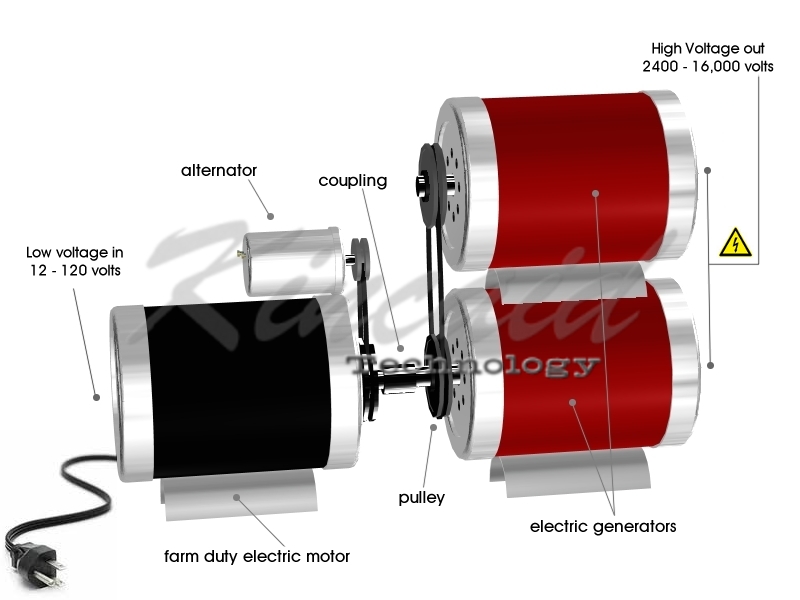
If you opted for an AC electric motor you will have to use some metered electrical energy to generate much higher electrical energy. If you opted for a DC electric motor you also need a 12 volt car battery and a solar panel (to recharge the car battery) or some other free battery recharging system. If you build a truly independent electric motor generating system you’ll only need the 12 volt battery or a little metered electrical utility power to start the DC or AC electric motor. After just a few minutes of running and generating electricity you can have an automatic switch disconnect the system from the 12 volt battery or metered electrical power and run off of the generated electricity.
The above concept of using a 12 volt battery or a little metered electricity to start generating electricity and then automatically switch to using its own generated electricity is no different than how our grandfathers use to start their combustion engine vehicles. Ford’s Model A was started using a hand crank. Model T didn’t have an electric starter like our present vehicles. Crank start is a mechanical, and manual, process to start an engine just like the electric starter does. Manually rotating the crank shaft that was connected to the pistons caused the pistons to move up and down in alternating fashion which in turn compresses the gases inside the chamber and combustion is created. The combustion expands gas which will push down the pistons, again alternately. The process is repeated or what is now called revolution. Then the engine starts running.
Another example is like riding a bike. You start to pedal and the bike’s wheels rotates causing motion. Newton’s first law of motion states that “An object at rest stays at rest and an object in motion stays in motion with the same speed and in the same direction unless acted upon by an unbalanced force.” An unbalanced force is resistance. In an electric motor generator there is no real resistance and so generation can continue for as long as the system is left on – perpetually.
Any mass produced gas powered generator can be stripped down and used to generate free electrical power. You will need to disconnect and remove the gas motor components of the generator so that you can connect (couple) the shaft of the AC or DC electric motor to shaft of the generator as shown in the image below.

It looks very simple and it is. When you power the electric motor its shaft will turn and as it turns it will simultaneously turn the coupled shaft of the generator and produce as much as 8000 watts (8kw) of generated electrical power. Instead of paying the electrical utility company for so many kilowatts of metered electrical power you will only be paying for the wattage you use to drive the low powered electric motor.
You can build this self sustaining power generator indoors with no fear of asphyxiation as electric motors produced zero carbon emissions.
The best part of Howard Johnson’s permanent magnet motor or the alternative that I just described is that you’ll never have to pay for metered electrical power (if you used a DC motor and car battery) or fuel oil or gasoline again to heat or power your home.
Short URL: https://presscore.ca/news/?p=6719

 The Halifax International Security Forum was founded in 2009 as a propaganda program within the German Marshall Fund (founded June 5, 1972 by West German Chancellor Willy Brandt) by the Crown in Canada using Crown Corp ACOA & DND funds. The Halifax International Security Forum is a front that is used to recruit top US, UK and Canadian gov and military officials as double agents for Canada's WWI, WWII enemy and wage new Vatican Germany Cold War.
High Treason: s.46 (1) Every one commits high treason who, in Canada (c) assists an enemy at war with Canada, ..., whether or not a state of war exists". Every one who, in Canada assists Canada's enemies wage "piecemeal WWIII" Cold War by organizing, funding and participating in the Germany government politically and militarily benefitting / lead Halifax International Security Forum is committing high treason.
The Halifax International Security Forum was founded in 2009 as a propaganda program within the German Marshall Fund (founded June 5, 1972 by West German Chancellor Willy Brandt) by the Crown in Canada using Crown Corp ACOA & DND funds. The Halifax International Security Forum is a front that is used to recruit top US, UK and Canadian gov and military officials as double agents for Canada's WWI, WWII enemy and wage new Vatican Germany Cold War.
High Treason: s.46 (1) Every one commits high treason who, in Canada (c) assists an enemy at war with Canada, ..., whether or not a state of war exists". Every one who, in Canada assists Canada's enemies wage "piecemeal WWIII" Cold War by organizing, funding and participating in the Germany government politically and militarily benefitting / lead Halifax International Security Forum is committing high treason.
 Please take a moment to sign a petition to
Please take a moment to sign a petition to 











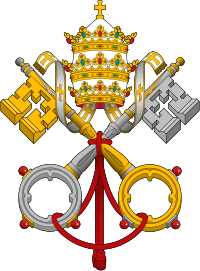






















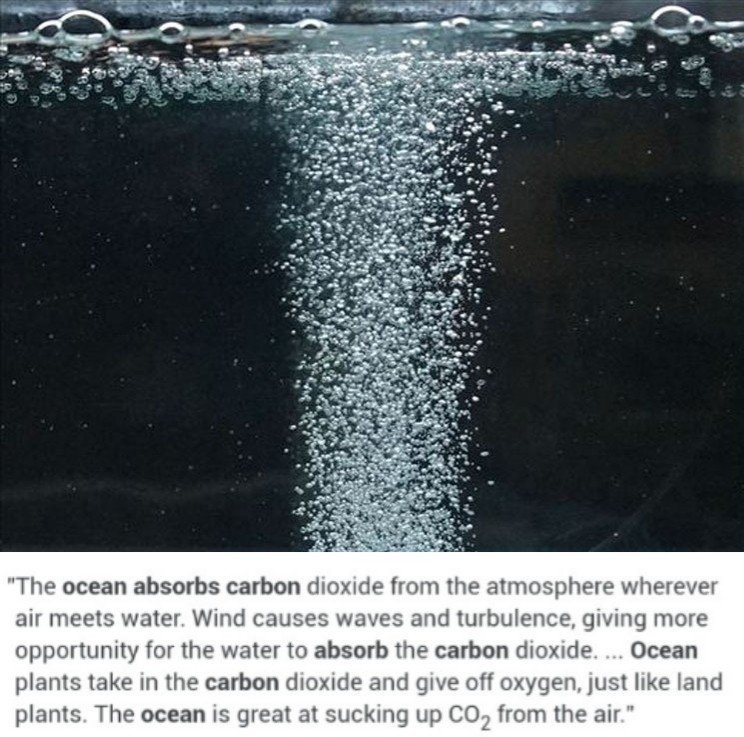






 1917 Code of Canon Law, Canon 185 invalidates (voids) all papacies since October 26, 1958 due to the fact Cardinal Giuseppe Siri was elected Pope on the Third ballot on Oct 26 1958 but the new Pope Gregory XVII was illegally prevented from assuming the office. A Pope was elected on October 26, 1958. Thousands of people witnessed a new Pope being elected by seeing white smoke and millions were informed by Vatican radio broadcasts beginning at 6:00 PM Rome time on October 26, 1958. The papacy of Francis, Benedict, John Paul II, John Paul I, Paul VI, John XXIII and any and all of their respective doctrines, bulls, letter patents and the Second Vatican Council are all invalidated (having no force, binding power, or validity) by Canon 185 because the 1958 conclave of cardinals elected Cardinal Giuseppe Siri Pope on Oct 26 1958. Cardinal Giuseppe Siri accepted the papacy by taking the name Pope Gregory XVII but was illegally prevented from assuming his elected office.. According to Canon 185 Cardinal Angelo Giuseppe Roncalli illegally assumed the papacy 2 days later by fraud and grave fear, unjustly inflicted against Cardinal Giuseppe Siri who was lawfully elected Pope Gregory XVII. Because no Pope has been lawfully elected since October 26, 1958 the Holy See (la Santa Sede/Seat) remains vacant.
1917 Code of Canon Law, Canon 185 invalidates (voids) all papacies since October 26, 1958 due to the fact Cardinal Giuseppe Siri was elected Pope on the Third ballot on Oct 26 1958 but the new Pope Gregory XVII was illegally prevented from assuming the office. A Pope was elected on October 26, 1958. Thousands of people witnessed a new Pope being elected by seeing white smoke and millions were informed by Vatican radio broadcasts beginning at 6:00 PM Rome time on October 26, 1958. The papacy of Francis, Benedict, John Paul II, John Paul I, Paul VI, John XXIII and any and all of their respective doctrines, bulls, letter patents and the Second Vatican Council are all invalidated (having no force, binding power, or validity) by Canon 185 because the 1958 conclave of cardinals elected Cardinal Giuseppe Siri Pope on Oct 26 1958. Cardinal Giuseppe Siri accepted the papacy by taking the name Pope Gregory XVII but was illegally prevented from assuming his elected office.. According to Canon 185 Cardinal Angelo Giuseppe Roncalli illegally assumed the papacy 2 days later by fraud and grave fear, unjustly inflicted against Cardinal Giuseppe Siri who was lawfully elected Pope Gregory XVII. Because no Pope has been lawfully elected since October 26, 1958 the Holy See (la Santa Sede/Seat) remains vacant.
 Hold the Crown (alias for temporal authority of the reigning Pope), the Crown appointed Governor General of Canada David Lloyd Johnston, the Crown's Prime Minister (servant) Stephen Joseph Harper, the Crown's Minister of Justice and Attorney General Peter Gordon MacKay and the Crown's traitorous military RCMP force, accountable for their crimes of treason and high treason against Canada and acts preparatory thereto. The indictment charges that they, on and thereafter the 22nd day of October in the year 2014, at Parliament in the City of Ottawa in the Region of Ontario did, use force and violence, via the staged false flag Exercise Determined Dragon 14, for the purpose of overthrowing and besieging the government of Canada contrary to Section 46 of the Criminal Code. In a society governed by the rule of law, the government and its officials and agents are subject to and held accountable under the law. Sign the online
Hold the Crown (alias for temporal authority of the reigning Pope), the Crown appointed Governor General of Canada David Lloyd Johnston, the Crown's Prime Minister (servant) Stephen Joseph Harper, the Crown's Minister of Justice and Attorney General Peter Gordon MacKay and the Crown's traitorous military RCMP force, accountable for their crimes of treason and high treason against Canada and acts preparatory thereto. The indictment charges that they, on and thereafter the 22nd day of October in the year 2014, at Parliament in the City of Ottawa in the Region of Ontario did, use force and violence, via the staged false flag Exercise Determined Dragon 14, for the purpose of overthrowing and besieging the government of Canada contrary to Section 46 of the Criminal Code. In a society governed by the rule of law, the government and its officials and agents are subject to and held accountable under the law. Sign the online  Two of the most obvious signs of a dictatorship in Canada is traitorous Stephen Harper flying around in a "military aircraft" and using Canadian Special Forces "military" personnel from JTF2 and personnel from the Crown's traitorous martial law "military" RCMP force as his personal bodyguards.
Two of the most obvious signs of a dictatorship in Canada is traitorous Stephen Harper flying around in a "military aircraft" and using Canadian Special Forces "military" personnel from JTF2 and personnel from the Crown's traitorous martial law "military" RCMP force as his personal bodyguards.
















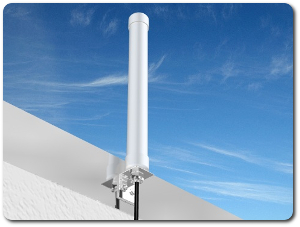
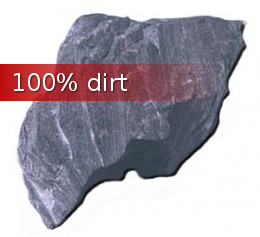




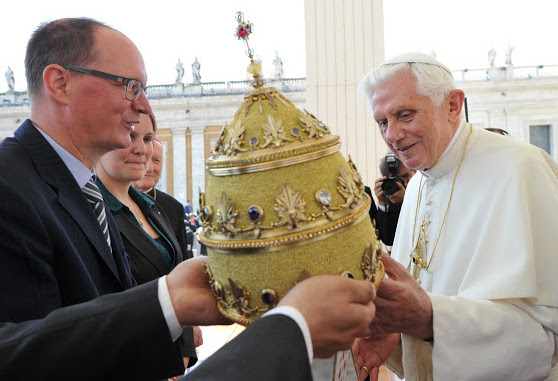














Demostration of how any electric motor rotor (washing machine motor rotor used here) can be made to turn at very high rates of speed simply by applying a very low voltage – 4.5volts. The magnet used was from a speaker. If you couple the rotor shaft to a generator shaft you can generate electricity.
Generate both AC and DC power simultaneously by adding a serpentine pulley to the coupling shaft and connect with a belt to an attached alternator and recharge your 12 volt car battery. If you are running the electric motor power generating system off of a DC 12 volt car battery then the system will recharge the battery as it generates free unmetered AC electrical power.
Typical Farm duty electric motor – sold through Princess Auto
http://www.princessauto.com/pal/product/0750018/Motors/3/4-HP-FARM-DUTY/INDUSTRIAL-MOTOR
The picture below is an example of a single Phase brushless generator motor as seen on http://www.ablecn.com/en/ProductDetail.aspx?ID=374
Honda generator parts – http://motorride.net/wp-content/uploads/2011/08/honda-generator-parts.jpg
Parts 7 (stator) and 9 (rotor) are what generates electricity. Inside the cover of any electric motor there are 2 kinds of magnets:
* One does not move and is called the “stator”. On some kinds of electric motors the stator can be a permanent magnet and on others it can be an electromagnet.
* The other kind of magnet is called the “rotor” because it rotates inside the stator. The rotor is always an electro-magnet and when it turns inside the stator its copper coils make its metal pieces (which are in the middle of the coils) magnetic. The electrons in the copper coils vibrate. Their movement generates an electric current.